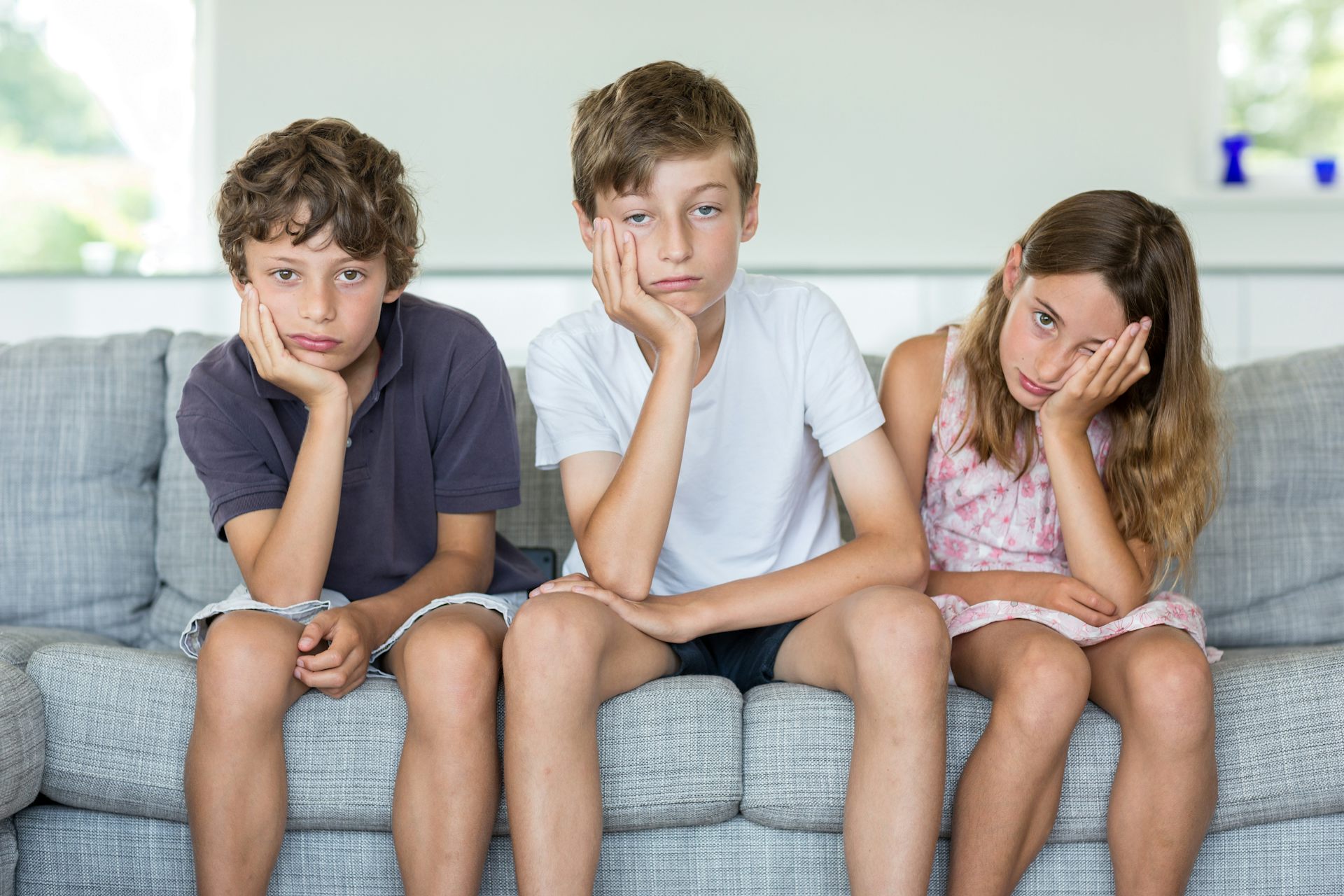How images change our race bias
Seeing is not just believing. Seeing changes what we believe, about ourselves and about other people.
Images are not static. They grab our attention, incite desire, alter our relations to others, and tweak our beliefs, as they usher us into new worlds.
When “Black Panther” was released, Baye McNeil, a former Brooklynite now living in Japan, was thrilled. As he told The Japan Times, he joined “a group of palpably positive brothers and sisters” at a Tokyo theater. Collectively they were transported to the land of Wakanda. As an exile in Japan and a black man in a country with very few people of African descent, he and his friends entered, as he described, “a bountiful realm of invigorating messages and restorative images” that provided him with a sense of connection and belonging.
Baye McNeil was not alone. Back in the U.S., the writer Carvell Wallace explained how the movie’s fictional nation of Wakanda operated in very real ways to provide a world that African-Americans could aspire to, both as a place rooted in the past, as well as the future.
Whether it’s a blockbuster movie or 2-year-old Parker Curry looking up at Amy Sherald’s portrait of Michelle Obama, the images we all see matter.
S. Brent Rodriguez-Plate does not work for, consult, own shares in or receive funding from any company or organization that would benefit from this article, and has disclosed no relevant affiliations beyond their academic appointment.
Read These Next
People are getting their news from AI – and it’s altering their views
Even when information is factually accurate, how it’s presented can introduce subtle biases. As large…
Autocracies in transition: In 2025, Cameroon and Tanzania rulers clung to power — but look more vuln
The countries, whose respective leaders recently won widely disputed elections, offer contrasting examples…
Why are some Black conservatives drawn to Nick Fuentes?
Black Americans and white nationalists have joined forces in the past. And a number of cultural and…






